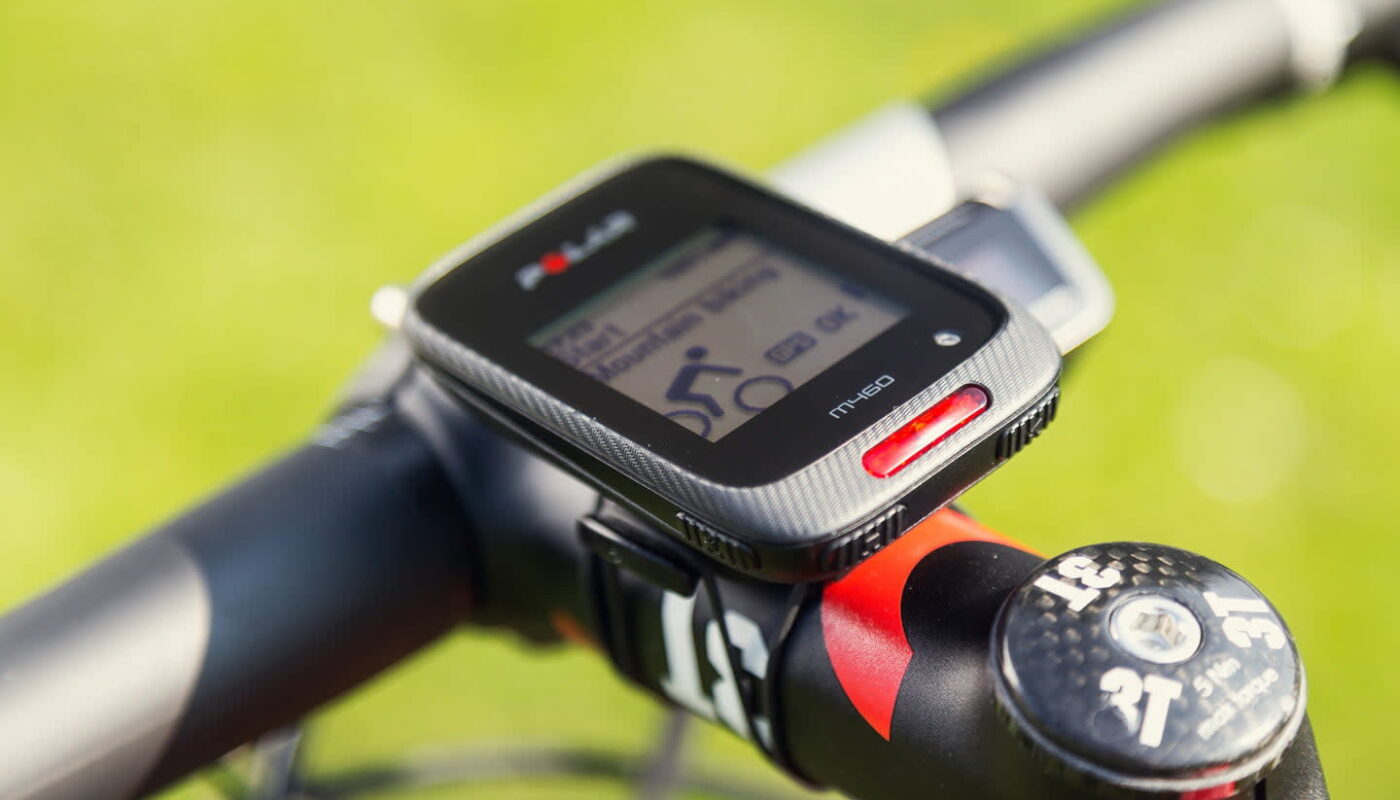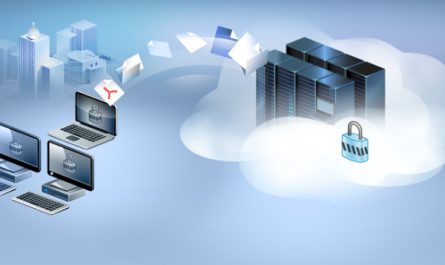A cyclocomputer, also known as a bike computer, is an electronic device that is mounted on bicycles to measure and display trip information related to cycling. Cyclocomputers are useful cycling accessories that provide real-time metrics to riders.
Key Features of Cyclocomputers
Cyclocomputers come equipped with various features that make them valuable training tools for cyclists. Some of the key features included in modern cyclocomputers are:
Speed Display
Most cyclocomputers display the rider’s current speed in kilometers per hour (km/h) or miles per hour (mph). Higher-end models may display speed to fractions of a km/h or mph.
Distance Measurement
Cyclocomputers track the total distance covered on a ride. Riders can view trip distance or odometer readings showing lifetime distance. Odometers may have separate readings for individual rides or total cumulative distance.
Trip Time
Cyclocomputers have a built-in stopwatch to measure trip time—the duration of an individual ride from start to finish. Timers can range from hours, minutes and seconds to centiseconds for precision.
Ride Analysis
More advanced cyclocomputers provide post-ride analysis of metrics like average speed, max speed, trip time and distance data. This ride history allows performance monitoring over multiple training sessions.
Cadence Sensor Compatibility
Higher-end models pair with separate cadence sensors to measure and display pedaling rate in revolutions per minute (RPM). This data helps optimize pedaling efficiency.
Calorie Estimation
Many cyclocomputers use rider information and speed/distance data to approximate calories burned during a ride. This feature supports fitness and weight loss goals.
GPS Integration
Recent models integrate GPS technology for satellite-based distance measurement without wheel sensors. GPS units also provide navigation features like mapping and route tracking.
Wireless Connectivity
Bluetooth and ANT+ compatibility allow wireless syncing of cyclocomputer data to smartphones, tablets and training apps for detailed ride analysis.
Types of Cyclocomputers
There is a broad selection of cyclocomputer models available at different price points to suit various rider needs:
Basic Units
Entry-level computers just show basic metrics like speed, trip distance and timer for under $30. Wheel magnet sensors attach to spokes.
Mid-Range Models
Priced around $50-$100, these units add features like max speed, avg speed and 2+ trip modes. Compatible with basic heart rate straps.
Performance Computers
Costing $100-$200, performance computers connect to ANT+/Bluetooth cadence sensors and heart rate belts for in-depth stats. Include ride history.
GPS-Enabled Computers
Top-of-the-line GPS units for $200+ provide navigation, route tracking, elevation data and map display along with sensor connectivity.
Bike Mounting Options
Cyclocomputers support various mounting methods depending on the model:
Stem Mounts
Traditional single-digit and smaller multi-function units clamp securely to bicycle stems.
Handlebar Mounts
Larger full-color touchscreen computers attach to handlebars using rubberized arms for optimal viewing position.
Frame Mounts
Some basic mid-cylinder units mount underneath frame near headtube for low-profile discreet positioning.
Wireless Sensors
Higher-end computers pair with separate cadence, speed and heart rate sensors that strap or clip directly to cycling shoes or accessories.
Choosing the Right Cyclocomputer
With so many options available, choosing the right cyclocomputer depends on an individual rider’s budget and cycling goals. Beginners needing basic stats can start with simple and affordable spoke-mounted units. More serious riders engaging in training programs benefit from computers compatible with external sensors. And avid cyclists looking for advanced navigation and route tracking features require a high-end GPS computer. Doing research into personal riding habits and prerequisites helps pick the ideal cyclocomputer.
Proper Maintenance
To maximize lifespan, owners should follow basic maintenance procedures for their cyclocomputer:
– Clean unit regularly with water and soft cloth to remove dirt, grime and residue from the display and buttons.
– Replace batteries per manufacturer recommendations, usually every 6-12 months depending on usage.
– Calibrate speed/distance sensors and wheels periodically as conditions change to ensure accurate real-time metrics.
– Update firmware and sync computers when prompted to enhance functionality with the latest releases.
– Protect units from extreme weather and store properly when not in active use during winter months.
Cyclocomputers have evolved into sophisticated multi-function computers perfectly suited for all levels of cyclists. With their ability to capture, display and analyze important ride data, they serve as ideal training companions for hobbyists and professionals alike looking to track fitness progress over time. Choosing the right unit depends on individual cycling goals and budget.
*Note:
1. Source: Coherent Market Insights, Public sources, Desk research
2. We have leveraged AI tools to mine information and compile it


